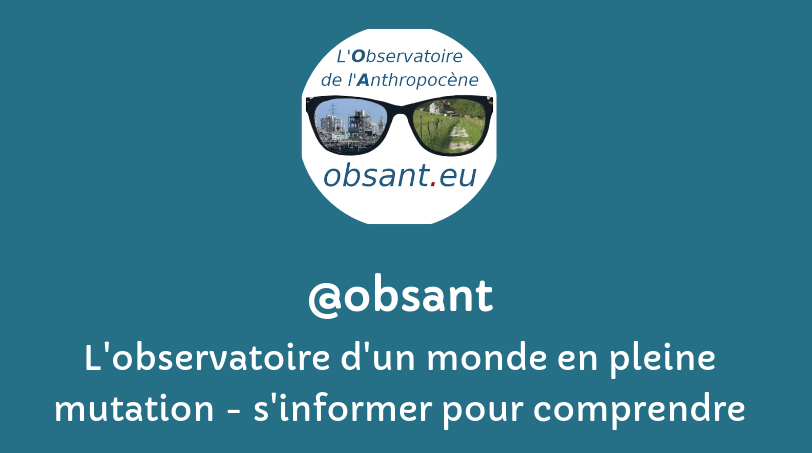Les champs auteur(e)s & mots-clés sont cliquables. Pour revenir à la page, utilisez le bouton refresh ci-dessous.
filtre:
habitat
There’s frustration among researchers that falling pH levels in seas around the globe are not being taken seriously enough, and that until the buildup of CO2 is addressed, the consequences for marine life will be devastating
Housing costs all over the world are skyrocketing, and climate change-driven disasters are only making it worse. Could city planning and risk reduction help?
On 28 February, the Intergovernmental Panel on Climate Change (IPCC), a United Nations body solely dedicated to looking at the science behind climate change, will release a major report on the impacts of the climate crisis and why it is imperative that we act now to address the growing risks. The report, which focuses on Impacts, Adaptation and Vulnerability, is expected to detail how climate impacts are already wreaking havoc in every part of the world and how, without much bolder action, more lives will be lost and more livelihoods destroyed. The report will look at challenges and solutions for addressing these risks and minimizing vulnerability unique to the world’s regions, cities and other habitats.
Habitat degradation, low genetic variation and declining fertility are setting Homo sapiens up for collapse
The world’s coral reef cover has halved since the 1950s, ravaged by global heating, overfishing, pollution and habitat destruction, according to an analysis of thousands of reef surveys. From the 1,430-mile (2,300km) Great Barrier Reef in Australia to the Saya de Malha Bank in the Indian Ocean, coral reefs and the diversity of fish species they support are in steep decline, a trend that is projected to continue as the planet continues to heat in the 21st century.
Only a decade or two ago it was widely thought that tropical forests and intact natural environments teeming with exotic wildlife threatened humans by harboring the viruses and pathogens that lead to new diseases in humans like Ebola, HIV and dengue. But a number of researchers today think that it is actually humanity’s destruction of biodiversity that creates the conditions for new viruses and diseases like COVID-19, the viral disease that emerged in China in December 2019,
Sand dunes have declined by 16% between 1970 and 2013, said PC Moharana, principal scientist in natural resource division, Central Arid Zone Research Institute (CAZRI), who has extensively studied the changing environmental conditions in the desert regions. He clarified that the area under the habitat has turned the barren land into a cropped area with stabilisation of sand dunes as old as 10,000 years old while it will create to have an adverse impact on the unhabituated area — flora and fauna.
![]()



